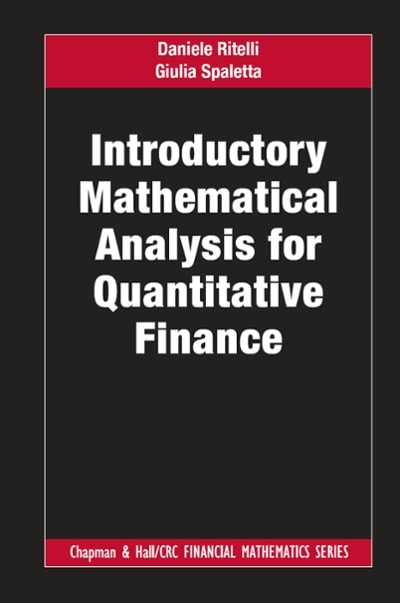Question
What methods did we employ in this experiment? On each trial, you briefly saw a set of planes on the screen. Your task was to
What methods did we employ in this experiment?
On each trial, you briefly saw a set of planes on the screen. Your task was to estimate how many planes were on each screen. Because the actual number of planes varies from trial to trial, we are interested in analyzing the errors you make across the trials. If you were accurate on a trial, the error would be zero. If you overestimate the number of planes, the error will be a negative number. If you underestimate the number of planes, the error will be a positive number. Thus, the closer your error is to zero, the better your average performance.
In the analysis below, you will compute a mean of your error scores across the trials. We have to be careful about interpreting the value of a mean error. You could have a mean value close to zero in many different ways. It could be that on every trial your error is almost zero, so the mean is also close to zero. This would indicate that you are quite good at estimating the number of planes.
However, a mean near zero could also occur by having some trials where you substantially overestimate the number of planes and other trials where you substantially underestimate the number of planes. In the calculation of the mean, these terms would produce a value near zero. This case would indicate that you are not very good at estimating the number of planes and that you are equally prone to overestimating and to underestimating the number.
Clearly, the mean by itself is not sufficient to identify whether or not someone is good at estimating the number of planes or not. A better approach is to calculate a confidence interval. This identifies the range of values where one can have confidence that the true ability of the person exists. In our case, an air traffic controller should have a small confidence interval, with a lower limit close to the upper limit, which is centered on zero. A poor estimator might have a mean of zero, but a larger confidence interval, which would indicate that the person is sometimes far from accurate on some trials.
Use the trial-by-trial data to answer these questions.
Mean estimate for the difference scores:
(The difference between your answer and the correct value must be less than 0.01.)
.07
Standard deviation of estimate for difference scores:
(The difference between your answer and the correct value must be less than 0.01.)
Standard error:
(The difference between your answer and the correct value must be less than 0.01.)
Degrees of freedom:
(Your answer must exactly equal the correct value.)
t critical value for a 95% confidence interval:
(The difference between your answer and the correct value must be less than 0.01.)
Lower limit of the 95% confidence interval:
(The difference between your answer and the correct value must be less than 0.01.)
Upper limit of the 95% confidence interval:
(The difference between your answer and the correct value must be less than 0.01.)
Trial # of planes Estimated # of planes Difference
1 16.0 20.0 -4.0
2 13.0 17.0 -4.0
3 17.0 16.0 1.0
4 8.0 9.0 -1.0
5 23.0 21.0 2.0
6 9.0 9.0 0.0
7 13.0 14.0 -1.0
8 22.0 18.0 4.0
9 20.0 16.0 4.0
10 8.0 8.0 0.0
11 19.0 15.0 4.0
12 16.0 15.0 1.0
13 23.0 20.0 3.0
14 22.0 21.0 1.0
15 14.0 18.0 -4.0
16 17.0 18.0 -1.0
17 22.0 21.0 1.0
18 9.0 7.0 2.0
19 24.0 21.0 3.0
20 23.0 20.0 3.0
Step by Step Solution
There are 3 Steps involved in it
Step: 1

Get Instant Access to Expert-Tailored Solutions
See step-by-step solutions with expert insights and AI powered tools for academic success
Step: 2

Step: 3

Ace Your Homework with AI
Get the answers you need in no time with our AI-driven, step-by-step assistance
Get Started


